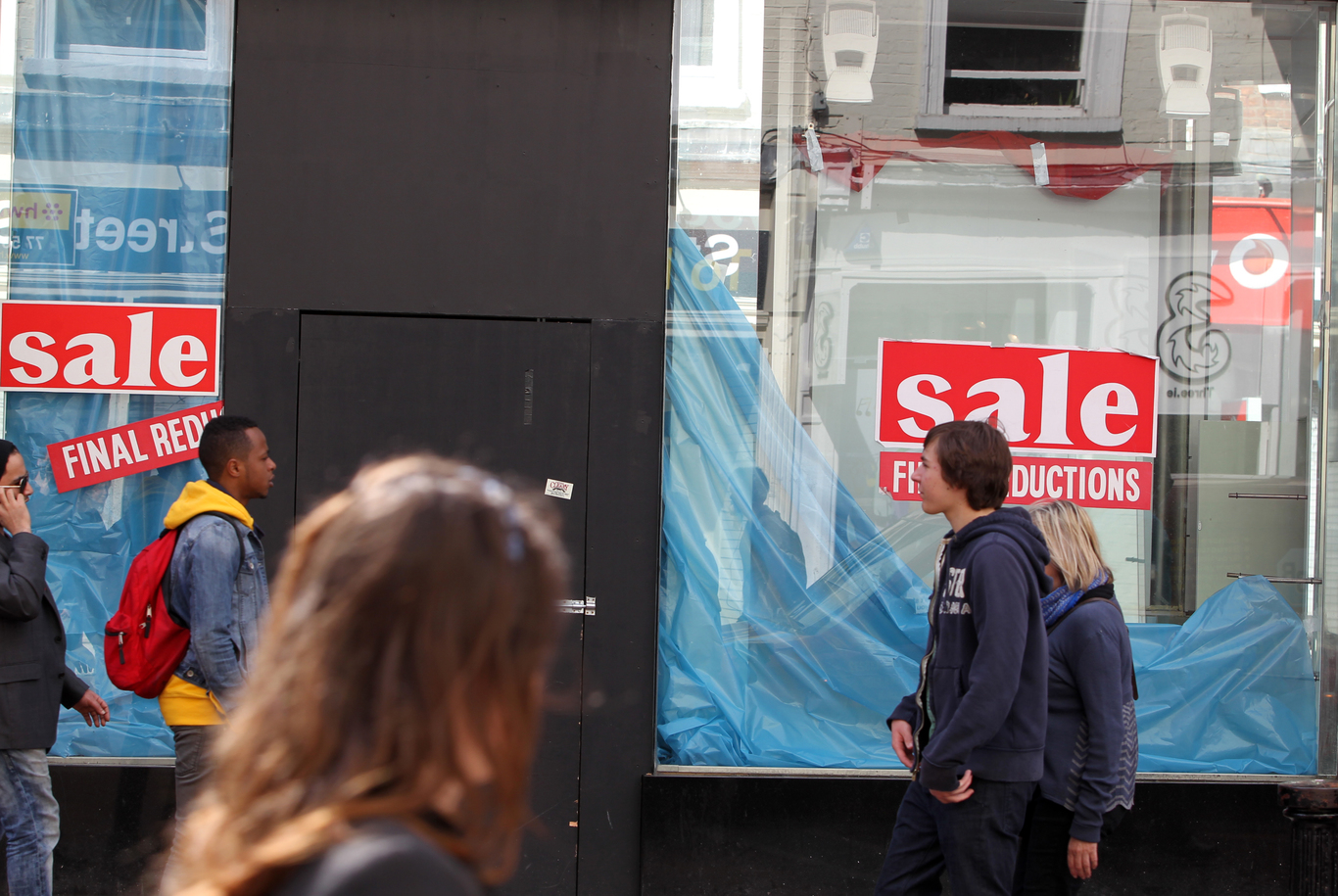These sectors have seen the most businesses fail since the start of the year
The total number of insolvent firms decreased in the first six months of 2017.
THE NUMBER OF businesses unable to repay their debts has dipped so far this year.
According to statistics by financial advisory firm Deloitte Ireland, there were 454 corporate insolvencies reported in the first six months of 2017, a decrease of 11% on the same period last year.
The vast majority – about three-in-five – were voluntary liquidations, while receiverships accounted for a third of all insolvencies.
Deloitte described the number of examinerships during the six-month period as “disappointingly low”, with just 14 examiners appointed to help get businesses in financial difficulty back on their feet.
As previously explained by Fora, examinership is a practice that’s intended as a last roll of the dice to try to rescue a business from failure.
Of the companies that entered the process since the start of this year, 10 have successfully exited, while a liquidator was appointed to three failed firms. One firm remains in examinership.
Deloitte said the level of examinership take-up was consistent with comparable periods.
Echoing comments made earlier this year, Deloitte said today’s figures showed that legislation brought in three years ago “has not had the intended effect of encouraging more struggling SMEs to avail of this cost-effective and accessible option”.
It suggested that small businesses could explore this type of restructuring through a process called ‘scheme of arrangement’ , otherwise known as ‘super-light examinership’.
As previously reported by Fora, the scheme has never been used before. According to Deloitte, it is typically cheaper than other restructuring options and requires less court involvement.
Most insolvent sectors
The service sector recorded the most insolvencies in the first six months of 2017 with 170 appointments, an increase of 26% on the same period last year.
This follows a trend from 2016′s figures, which showed that insolvencies in the sector had increased by a massive 65% on the year before to 329 appointments.
However, this is hardly surprising considering more than half of all businesses in Ireland fall under the ‘service’ category, according to the CSO’s most recent ‘business demography’ data.
The construction industry recorded the second highest level of appointments with 65 insolvencies, 17 fewer than during same six-month period last year.
 Construction workers
Construction workers
“In previous years, the construction industry consistently had the largest number of insolvency appointments and it wasn’t until 2015 that the service industry overtook it for most appointments recorded,” Deloitte said.
“This indicates that the level of corporate failure in the construction industry is now starting to slow down.”
There were 60 insolvencies in the retail sector, while one in 10 of all insolvencies, 42 in total, were reported by firms in the hospitality sector.
The manufacturing sector recorded 14 insolvencies, a decrease of more than 60% on the same time last year.
Looking at the overall trend of insolvencies over the last decade, the highest number of insolvencies was recorded in 2012, with a total of 1,684. The number recorded has declined each year since then as the economy has improved.
There were 1,032 corporate insolvencies in 2016, a decrease of 2% on the tally for 2015.






